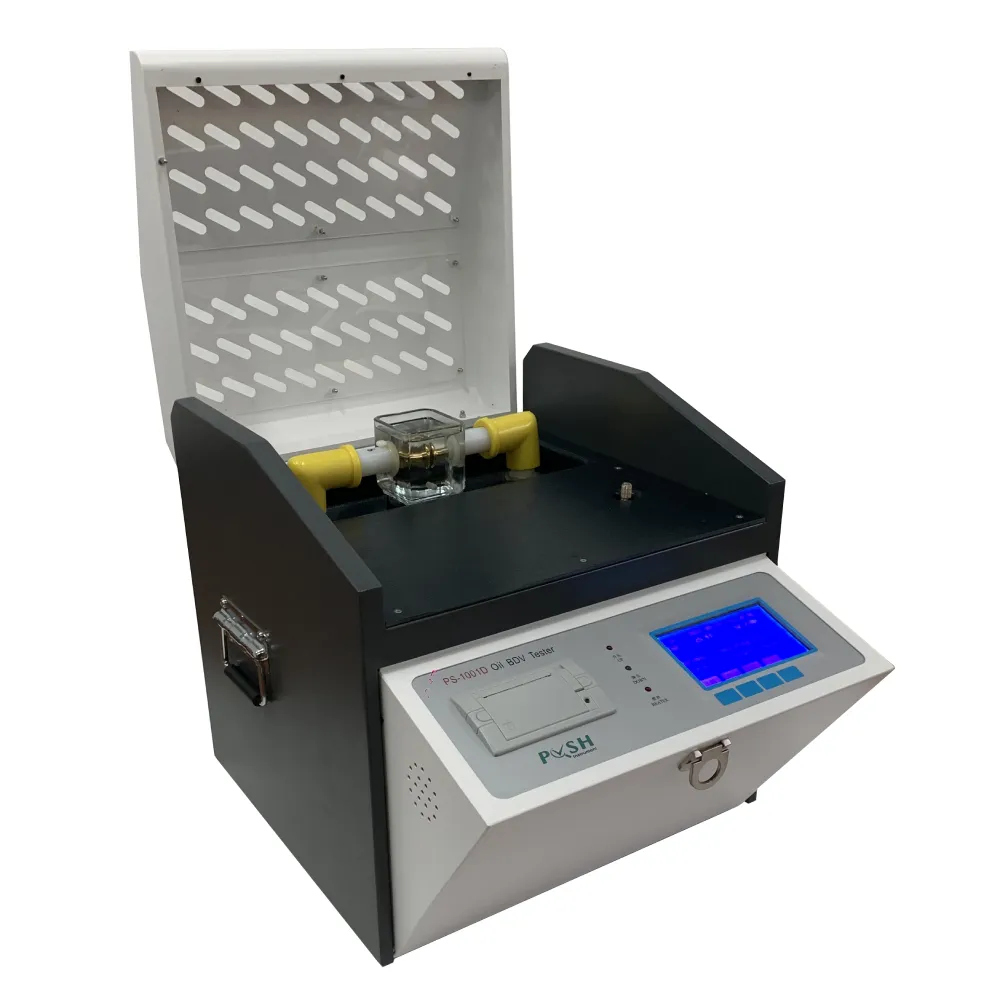 English
English



-
 Afrikaans
Afrikaans -
 Albanian
Albanian -
 Amharic
Amharic -
 Arabic
Arabic -
 Armenian
Armenian -
 Azerbaijani
Azerbaijani -
 Basque
Basque -
 Belarusian
Belarusian -
 Bengali
Bengali -
 Bosnian
Bosnian -
 Bulgarian
Bulgarian -
 Catalan
Catalan -
 Cebuano
Cebuano -
 China
China -
 China (Taiwan)
China (Taiwan) -
 Corsican
Corsican -
 Croatian
Croatian -
 Czech
Czech -
 Danish
Danish -
 Dutch
Dutch -
 English
English -
 Esperanto
Esperanto -
 Estonian
Estonian -
 Finnish
Finnish -
 French
French -
 Frisian
Frisian -
 Galician
Galician -
 Georgian
Georgian -
 German
German -
 Greek
Greek -
 Gujarati
Gujarati -
 Haitian Creole
Haitian Creole -
 hausa
hausa -
 hawaiian
hawaiian -
 Hebrew
Hebrew -
 Hindi
Hindi -
 Miao
Miao -
 Hungarian
Hungarian -
 Icelandic
Icelandic -
 igbo
igbo -
 Indonesian
Indonesian -
 irish
irish -
 Italian
Italian -
 Japanese
Japanese -
 Javanese
Javanese -
 Kannada
Kannada -
 kazakh
kazakh -
 Khmer
Khmer -
 Rwandese
Rwandese -
 Korean
Korean -
 Kurdish
Kurdish -
 Kyrgyz
Kyrgyz -
 Lao
Lao -
 Latin
Latin -
 Latvian
Latvian -
 Lithuanian
Lithuanian -
 Luxembourgish
Luxembourgish -
 Macedonian
Macedonian -
 Malgashi
Malgashi -
 Malay
Malay -
 Malayalam
Malayalam -
 Maltese
Maltese -
 Maori
Maori -
 Marathi
Marathi -
 Mongolian
Mongolian -
 Myanmar
Myanmar -
 Nepali
Nepali -
 Norwegian
Norwegian -
 Norwegian
Norwegian -
 Occitan
Occitan -
 Pashto
Pashto -
 Persian
Persian -
 Polish
Polish -
 Portuguese
Portuguese -
 Punjabi
Punjabi -
 Romanian
Romanian -
 Russian
Russian -
 Samoan
Samoan -
 Scottish Gaelic
Scottish Gaelic -
 Serbian
Serbian -
 Sesotho
Sesotho -
 Shona
Shona -
 Sindhi
Sindhi -
 Sinhala
Sinhala -
 Slovak
Slovak -
 Slovenian
Slovenian -
 Somali
Somali -
 Spanish
Spanish -
 Sundanese
Sundanese -
 Swahili
Swahili -
 Swedish
Swedish -
 Tagalog
Tagalog -
 Tajik
Tajik -
 Tamil
Tamil -
 Tatar
Tatar -
 Telugu
Telugu -
 Thai
Thai -
 Turkish
Turkish -
 Turkmen
Turkmen -
 Ukrainian
Ukrainian -
 Urdu
Urdu -
 Uighur
Uighur -
 Uzbek
Uzbek -
 Vietnamese
Vietnamese -
 Welsh
Welsh -
 Bantu
Bantu -
 Yiddish
Yiddish -
 Yoruba
Yoruba -
 Zulu
Zulu
ct for current measurement
Understanding CT for Current Measurement
In the realms of electrical engineering and instrumentation, accurate measurement of current is paramount for both performance monitoring and safety. Current transformers (CTs) play a crucial role in this arena, enabling the conversion of high currents into manageable levels suitable for monitoring equipment. The efficiency of such measurements is often denoted using CT%, a specific term that merits detailed discussion.
CT% refers to the accuracy and effectiveness of current transformers in translating the primary current (the high current flowing through a conductor) to a lower, secondary current that can be easily measured. Essentially, it represents the ratio of the actual output of the current transformer to the expected output under certain conditions. This ratio is typically expressed as a percentage, providing a quick reference to the transformer's performance.
Understanding CT for Current Measurement
A typical application of CTs is found in power distribution networks, where they facilitate the monitoring of electrical loads and protective relaying. In these contexts, the CT% is critical for ensuring the safety and reliability of electrical systems. For instance, an inaccurately rated CT might fail to trigger protective devices during abnormal conditions, resulting in equipment damage or compromise in safety.
ct for current measurement

Another significant aspect of CT% is its impact on metering applications. Utility companies, for instance, utilize CTs to measure the consumed electricity for billing purposes. A CT with a high percentage accuracy (close to 100%) ensures that a consumer is billed correctly for their energy usage. Conversely, a lower CT% might lead to under or over-billing, causing disputes and lack of trust between utility providers and consumers.
When evaluating current transformers, several factors influence CT% and their overall performance. These include saturation characteristics, burden, and frequency response. Saturation occurs when the transformer reaches its maximum magnetic flux density; beyond this point, the transformer can no longer linearly convert the primary current. Properly selecting a CT that avoids saturation under expected load conditions is essential for maintaining accuracy.
The burden—a term that refers to the load connected to the secondary side of the transformer—also impacts the performance. If the burden is too high, it can lead to decreased accuracy of the output current. In contrast, a properly matched burden ensures that the CT operates within its designated parameters, thus maintaining a higher CT%.
Moreover, environmental factors such as temperature and humidity can affect the accuracy of current transformers. Engineers must consider these variables, especially in outdoor or unconditioned environments, where variations can lead to drift in the CT% over time.
In conclusion, CT% for current measurement is an indispensable metric in electrical engineering, guiding the selection and application of current transformers in various domains. Understanding its implications is crucial for ensuring precision in current measurement, which directly impacts the accuracy of billing, system protection, and overall operational efficiency. As technology evolves, the development of smarter and more accurate CTs remains a focal point, promising enhanced reliability and performance in electrical systems worldwide.
-
Testing Equipment Industry Sees Major Advancements in 2025: Smart & Precision Technologies Lead the WayNewsJun.06,2025
-
Applications of Direct Current Generators in Renewable Energy SystemsNewsJun.05,2025
-
Hipot Tester Calibration and Accuracy GuidelinesNewsJun.05,2025
-
Digital Circuit Breaker Analyzer Features and BenefitsNewsJun.05,2025
-
Benefits of Real-Time Power Quality Monitoring Devices for Industrial EfficiencyNewsJun.05,2025
-
Earth Fault Loop Testing in High-Rise Building Electrical SystemsNewsJun.05,2025



